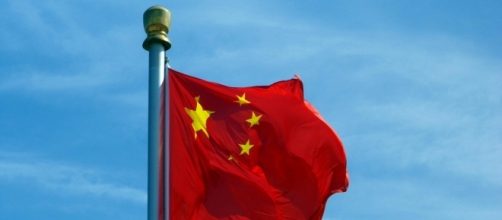Heating season is going to start in Beijing, classified as one of the most polluted cities in the world due to high concentrations of PM 2.5 that usually rises in winter when the atmosphere is more static and families turn on coal heaters.
Environmental goals achieved
However, the long pathway to air reclamation started on March 19 when Beijing arrested the last of its large-scale coal-fired power stations. This means that since that moment the city will use only clean and "green" energy for heating systems and electricity production. Moreover, during this summer, Beijing Monday reported the lowest record for a major air pollution indicator for January-July period since 2013.
A green revolution is still possible
In the 13th Five-year plan for the Economic and Social Development of the People's Republic of China (2016-2020), spread by the Chinese government in the first months of the year, one of the aim is to realize a great energy revolution embracing a "green" model development with more attention to environmental protection and CO2 emissions.
In this regard I talked with Dr. Hao Tan, Senior Lecturer in International Business and Strategy at the Newcastle Business School, University of Newcastle and author of the book "China’s Renewable Energy Revolution".
In the 13th Five Years Plan, it has been called "the Green revolution of China." How urbanization, industrialization and good care for the environment can coexist?
This is challenging task but still possible. There have been many discussions in the area, in particular those in regard to ‘green growth models’, for example, in the United Nations’ ‘The Low Carbon Green Growth Roadmap for Asia and the Pacific’ proposed, and in World Bank’s “Inclusive Green Growth: The Pathway to Sustainable Development.” In the context of China, the country has been strived to achieve those goals through a new model of development, where the state plays an important role in supporting the development and deployment of new technologies in selected areas such as renewable energy, and innovative business models such as circular economy.
How should China deal with its industrial overcapacity?
Industrial overcapacity in China has been particularly severe in a number of basic industries e.g. steel, cement, coal etc as a result of the overexpansion of those industries during the past two decades. To address the problem the answer is not to encourage the demand as some suggest, but instead to facilitate business exit from those industries where a structural decline is evident.
China has introduced a number of measures in this area, some being market-based and others being more non-market-based in nature. Those, for example, include a special fund of 100 billion RMB (US$14.5 billion) provided by the government in 2016 to support the reduction of capacity in coal and steel sectors, government-led/coordinated merge & acquisition cases in the industries, and many administrative measures.
In 2014 China has been responsible for 27 % of global emissions. What is the most important step to pursue the reduction of China's CO2 emissions? And how much these solutions could impact the economy of the country?
I believe a successful structural change of the Chinese economy would be a key on this front.
The economy as a whole currently is still more energy and resource-intensive than that in OECD countries. On the one hand, China should, by all means, improve its energy and resource efficiency in its economic activities. On the other hand, the country should move more decisively toward to an economy involving more service and high-value-added manufacturing activities. As a result of the structural change, some ‘sun-set’ industries will fall and some new industries will rise.


